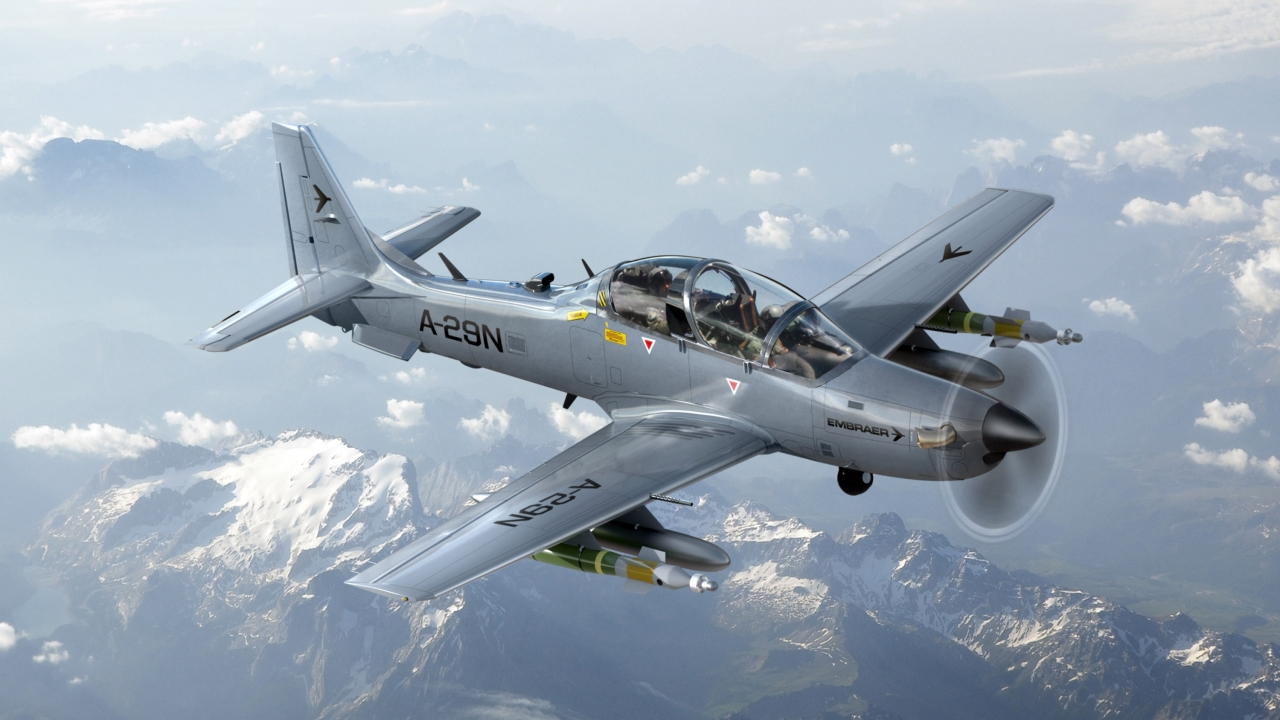New Hornets carry a huge sting
The Boeing F/A-18E/F Super Hornet aircraft ordered by Kuwait last November will be delivered to the latest Block III standards, which transform the already impressive Super Hornet into a fully networked fighter, fit for service into the 2040s. Jon Lake reports.

The US Defense Security Cooperation Agency informed Congress of the potential $10.1 billion sale to Kuwait on November 17 last year.
Under the terms of the deal, it listed 32 single-seat F/A-18Es, and eight two-seat F/A-18Fs, together with their F414-GE-400 engines and spares.
Also included was AN/APG-79 active electronically scanned array (AESA) radars, AN/AAQ-33 Sniper advanced targeting pods and joint helmet-mounted cueing systems (JHMCS), and a range of other equipment items and weapons, as well as the required support and logistics services.
Originally developed to meet US Navy requirements and built to satisfy an immediate need for greater numbers of strike fighters with advanced capabilities, the Block III upgrade is intended to allow the Super Hornet to viably complement the F-35C Lightning II Joint Strike Fighter.
The F/A-18 will be the “predominant aircraft” on US Navy carrier decks through 2040, since its programme of record is for more than 560 Super Hornets and 160 EA-18G Growler electronic attack derivatives, whereas it only plans to buy 260 F-35Cs.
The continuing importance of the Super Hornet to the US Navy should provide some reassurance and certainty to export operators of the type.
The Block III configuration brings a range of enhancements and improvements, the most visually obvious of which lies in its ability to be fitted with conformal fuel tanks (CFTs). These impose a smaller aerodynamic penalty than traditional external drop tanks and do not take up weapons hardpoints. It has been calculated that CFTs give 150 nautical miles more range compared to traditional drop tanks.
The very sharp-sighted might also notice some of the enhanced low observable (stealth) features incorporated on the Block III – including a redesigned gun muzzle above the nose and redesigned angle of attack sensors on the sides of the forward fuselage.
With a planned service life extending out to 2040 and beyond, the structural service life of both in-service and new-build Super Hornets is being extended from 6,000 to 9,000 flying hours.
The Block III Super Hornet will also feature a new advanced cockpit with a wide area display, designed by Elbit Systems USA, with new mission processors, a low-profile head-up display, and a large 10-in by 19-in touchscreen HD wide-area display.
The aircraft is fitted with a new Boeing distributed targeting processor-networked (DTP-N) computer, a Rockwell Collins tactical targeting network technology (TTNT) internet protocol-based datalink, and a Lockheed Martin AN/ASG-34 infrared search-and-track pod.
The aircraft also features a Harris AN/ALQ-214 Block IV integrated defensive electronic countermeasures (IDECM) suite, while the Raytheon AN/APG-79 active electronically scanned array (AESA) radar will incorporate some upgrades.
The Kuwait deal, along with an expected US Navy order for 12 more Super Hornets, promises to keep Boeing’s F/A-18 St Louis assembly line open for about two years longer. Keeping the Super Hornet line open will allow Boeing to offer the aircraft in further export campaigns, perhaps most notably in India, Canada and Finland.
The Super Hornets will form just one element in a major expansion and modernisation of the Kuwait Air Force, which has also ordered 28 Tranche 3 Eurofighter Typhoons.
When the Typhoon order was announced on September 12 2015, some interpreted the move as indicating that Kuwaiti patience had worn thin while waiting for the US Congress to clear a long-planned Super Hornet purchase. In the event, Kuwait had decided on a split purchase and massive expansion in the size of its frontline fighter force.
Pending the delivery of the new Super Hornets, Kuwait is to equip some of its ageing F/A-18C/D Hornet aircraft with 14 Lockheed Martin Sniper Advanced Targeting Pods (ATP). The pods have been selected for the Kuwait Air Force’s newly ordered Eurofighter Typhoons, and will also be used on the new Super Hornets.
The Sniper ATP provides critical targeting and non-traditional intelligence, surveillance and reconnaissance (ISR) capabilities and is able to detect, identify, automatically track and laser-designate small tactical targets at long ranges, supporting the use of all laser-guided and GPS-guided weapons against multiple fixed and moving targets.
Following the delivery of the Super Hornets, Kuwait’s existing F/A-18C/D ‘heritage’ Hornets will most likely be sold, perhaps to Canada, which has been looking at second-hand aircraft to augment its own dwindling fleet of CF-188 (F/A-18A) Hornets.
Stay up to date
Subscribe to the free Times Aerospace newsletter and receive the latest content every week. We'll never share your email address.

